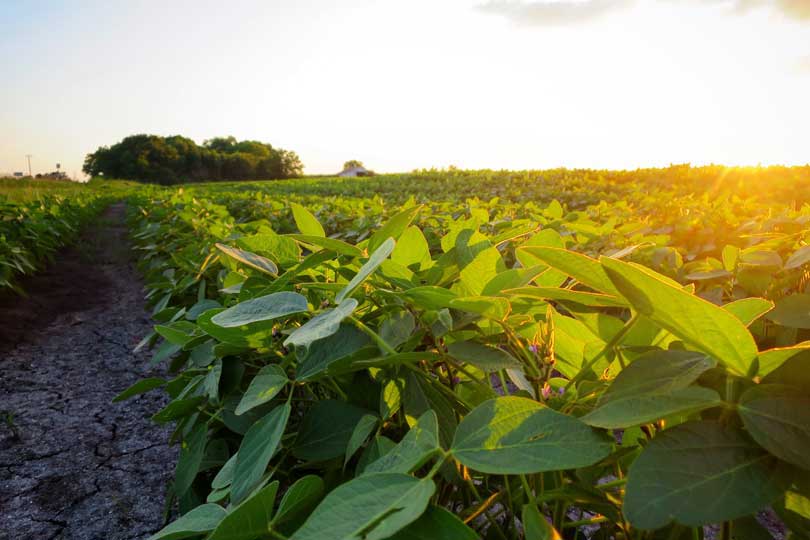The U.S. Department of Agriculture (USDA) released information for frequently asked questions regarding the Market Facilitation Program (MFP) and 2018/2019 disaster relief legislation.
For frequently asked questions regarding the USDA Risk Management Agency’s prevented planting policy and losses resulting from floods, visit the USDA RMA Flooding page.
For several frequently asked questions regarding how USDA will treat prevented planting acres with regard to the recently announced 2019 Market Facilitation Program and 2018/2019 disaster relief legislation, see below.
- What is the purpose of the Market Facilitation Program? What is the legal authority?
- The Market Facilitation Program (MFP) assists farmers with the additional costs of adjusting to disrupted markets, dealing with surplus commodities, and expanding and developing new markets at home and abroad, consistent with the authorities of the Commodity Credit Corporation (CCC) Charter Act.
- Last year, soybeans had the highest MFP payment per bushel. Should I plant soybeans this year to get the highest payment if I have the opportunity?
- You should plant what works best for your operation and what you would plant in any other year, absent any assistance from USDA. 2019 MFP assistance is based on a single county payment rate multiplied by a farm’s total plantings to the MFP-eligible crops (outlined below) in aggregate in 2019. Those per acre payments are not dependent on which of those crops are planted in 2019, and therefore will not distort planting decisions. Your total payment-eligible plantings cannot exceed your total 2018 plantings.
- 2019 MFP-eligible non-specialty crops: alfalfa hay, barley, canola, corn, crambe, dry peas, extra-long staple cotton, flaxseed, lentils, long grain and medium grain rice, millet, mustard seed, dried beans, oats, peanuts, rapeseed, rye, safflower, sesame seed, small and large chickpeas, sorghum, soybeans, sunflower seed, temperate japonica rice, triticale, upland cotton, and wheat.
- 2019 MFP-eligible specialty crops: tree nuts, fresh sweet cherries, cranberries, and fresh grapes.
- My fields never dried out enough to get any crop in. Do I get a 2019 Market Facilitation Program payment?
- No, USDA does not have the legal authority to make MFP payments to producers for acreage that is not planted. To qualify for a 2019 MFP payment, you must have planted a 2019 MFP-eligible crop. Producers unable to plant their crop should work with their crop insurance agent to file a claim.
- I filed a prevented planting claim, and I am going to plant a cover crop to prevent erosion. Does that count for 2019 MFP if it’s on the 2019 MFP-eligible list you announced in May?
- If you choose to plant a cover crop with the potential to be harvested, because of this year’s adverse weather conditions, you may qualify for a minimal amount of 2019 MFP assistance. You must still comply with your crop insurance requirements to remain eligible for any indemnities received.
- I heard that I could get 90% of my crop insurance guarantee as a prevented planting payment through the disaster bill. Is that true?
- The Additional Supplemental Appropriations for Disaster Relief Act of 2019 gives the USDA the authority to compensate losses caused by prevented planting in 2019 up to 90%. While the authority exists, USDA must operate within finite appropriations limits. It is highly unlikely that the supplemental appropriation will support that level of coverage in addition to crop insurance. Congress appropriated $3.005 billion in assistance for a wide array of losses resulting from disasters throughout 2018 and 2019, requiring USDA to prioritize how it is allocated. The Department plans to provide assistance on prevented planting losses within the confine

